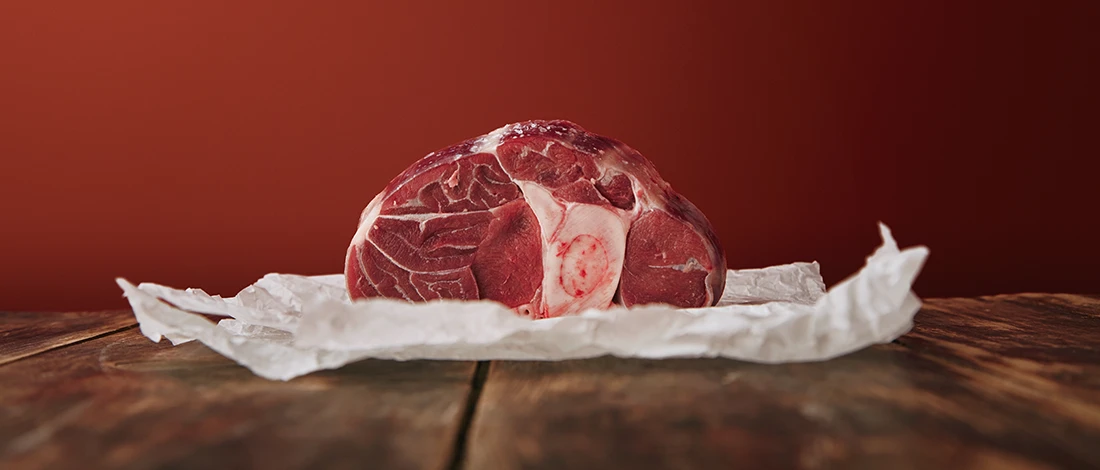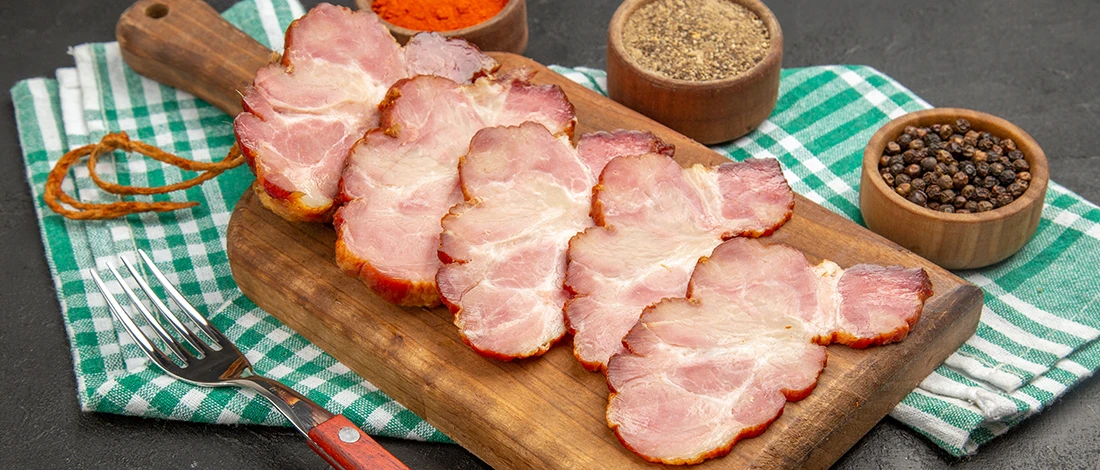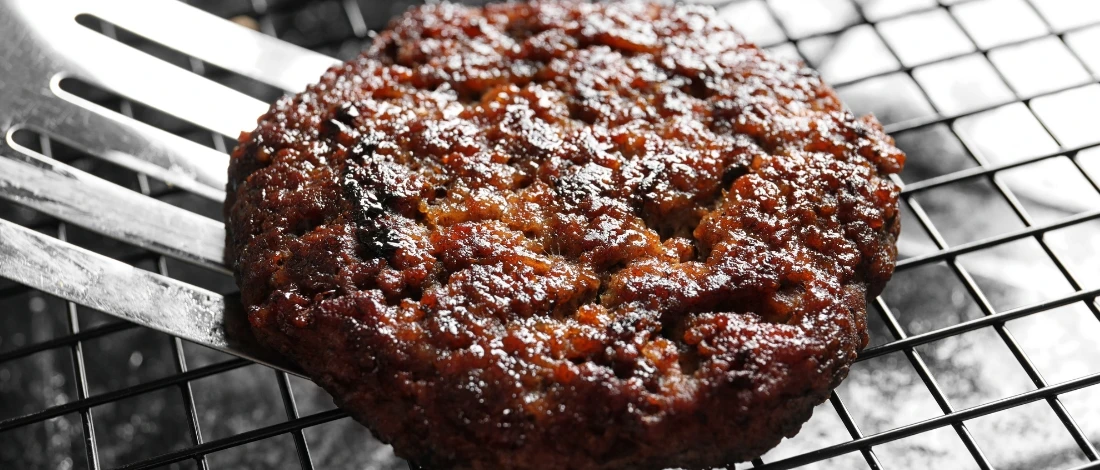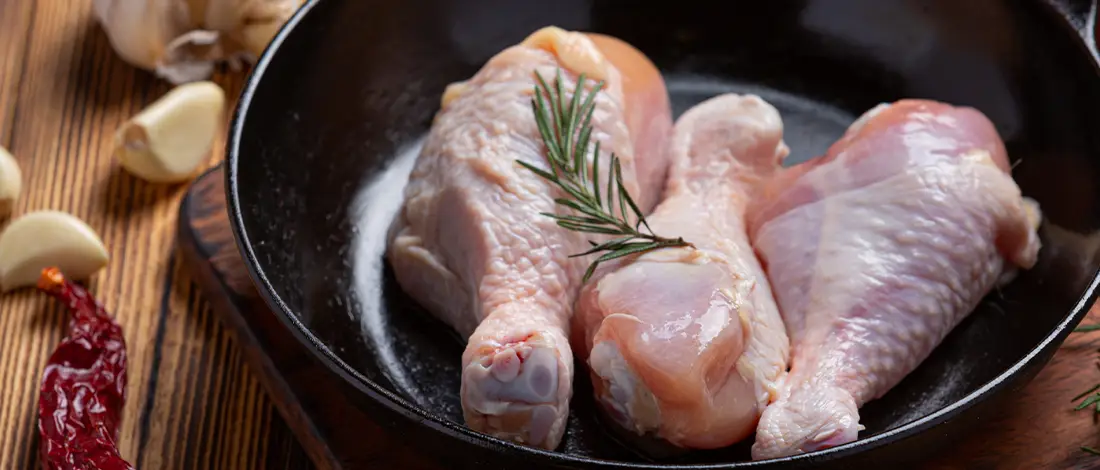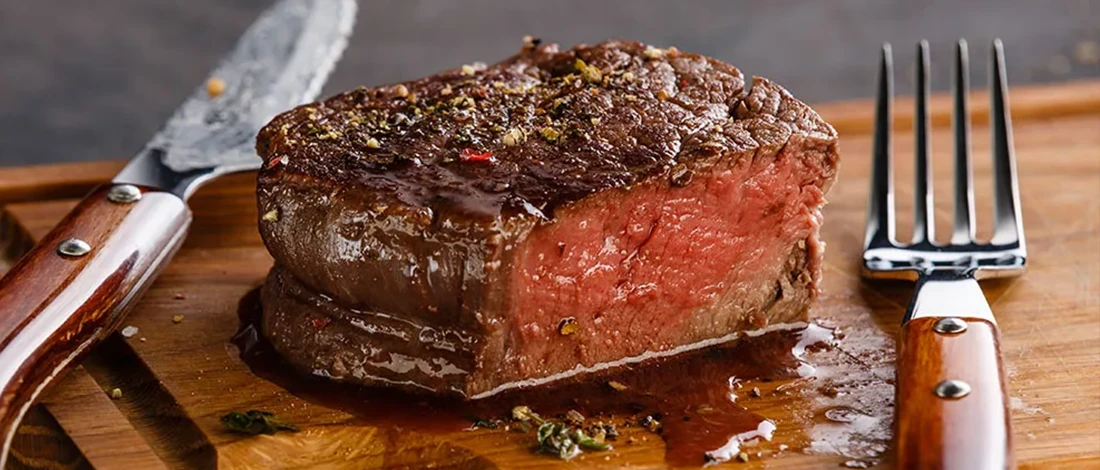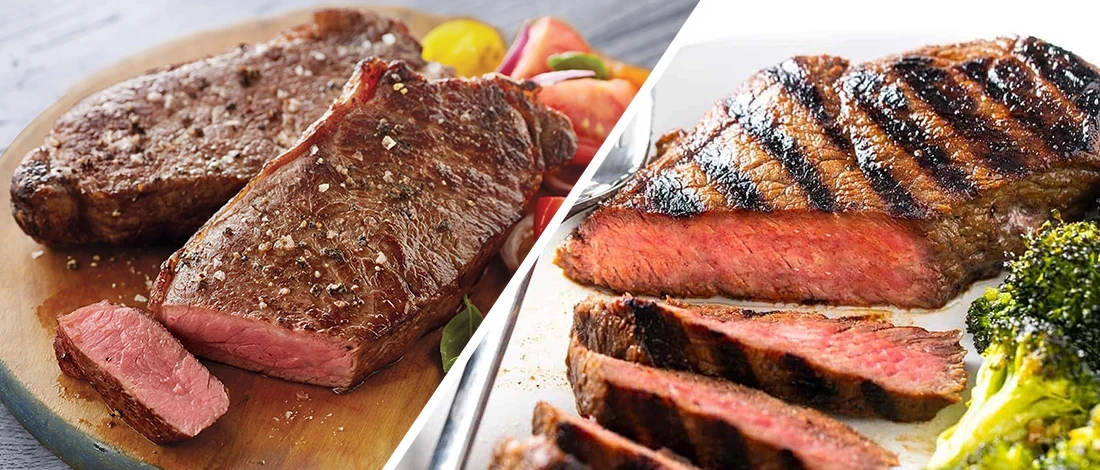I've been following a carnivorous diet for more than five years, and I've frequently found myself leaving chicken on the counter for an hour or longer. However, given my commitment to food safety, I decided to consult the USDA guidelines to determine the safety of consuming chicken that has been left out.
After weeks of research, I’m happy to share everything you need to know about how long chicken can sit out.
Quick Summary
- USDA mandates that raw or cooked chicken should sit out for no more than 2 hours.
- Bacteria growth increases at room temperature above 40°F.
- Good hygiene eliminates the potential risks associated with cross-contamination.
How Long Can Raw Chicken Sit Out

Raw chicken can sit out at room temperature for no more than two hours.
There are several factors to consider when leaving your raw chicken out, including quality, and type of chicken, to name a few.
1. Portion of Chicken
How long chicken can be left out depends on the portion of chicken you are preparing.
Compared to white meat chicken, such as breasts, dark meat chicken spoils more quickly, especially thighs and legs.
Additionally, when a greater surface area is exposed, bacteria can develop more quickly.
2. Temperature
It's essential that the room shouldn't be warmer than 40°F. If so, you can only leave your raw chicken outside for an hour.
This is due to the rapid increase of harmful bacteria at room temperatures between 40 and 140°F [1].
Hence, the environment's temperature impacts your raw meats' safety.
“Meats are more likely to cause food illness in warmer settings. Keep cold raw meat cold in containers on ice.”
- U.S. Department of Agriculture
3. Exposure
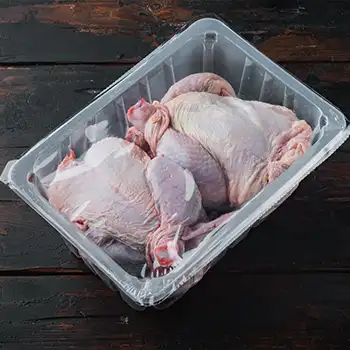
Exposure is another element that affects how safe your raw chicken is.
Always cover your raw or cooked chicken with a lid or plastic wrap during the two-hour safe window for storing it at room temperature to avoid contamination from the environment's air.
Moreover, you should avoid leaving your raw chicken in an unclean area as this will hasten the spread of bacteria.
Before putting the chicken anywhere in the kitchen, thoroughly clean it.
4. Chicken Quality
Before putting raw chicken at room temperature, you must consider its quality.
For example, a fresh raw chicken will last longer at room temperature than rotten chicken.
To avoid buying rotten chicken, keep an eye out for indicators of decay, such as a bad smell, noticeable color changes, a slimy texture, or mold growth.
Toss chicken if any of these symptoms are present to avoid contracting a foodborne illness.
How Long Can Cooked Chicken Sit Out
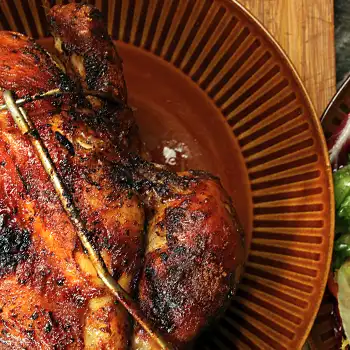
Cooked chicken can sit out at room temperature for no more than two hours.
You can also let it sit for an hour if the temperature is past 90°F, but eating chicken afterward is unsafe.
You risk contracting food poisoning since it may still contain bacteria [2].
Even if reheating cooked chicken eliminates bacteria, it might not completely eradicate them because you have already let your cooked chicken stay on the counter too long.
To be safe, I advise you to freeze cooked chicken quickly.
Related Articles:
How Long Can Frozen Chicken Sit Out?
Frozen raw and cooked chicken can sit out for 2 hours like any other meat.
Freezing inactivates bacteria rather than killing them.
As you remove the chicken from the freezer, you race against time because the bacteria become active once it thaws.
To eliminate harmful bacteria, cook frozen chicken until the internal temperature reaches 165 degrees F.
And always remember to discard cooked chicken that smells awful.
Food safety should never be compromised because it is always crucial.
3 Ways to Thaw Chicken Safely

There are 3 methods to defrost chicken; however, thawing in the fridge is the safest option:
- Refrigerator: A 4-pound (1.8kg) chicken takes roughly 24 hours to thaw; cut-up sections require 3 to 9 hours. It's also very safe to refreeze thawed chicken.
- Cold water: Put the raw or cooked chicken in its original packaging or a waterproof plastic bag; change the water every 30 minutes. Thawing a 4-pound entire chicken will take around two hours.
- Microwave: Use the microwave to defrost the raw or cooked chicken quickly. The time required to thaw chicken depends on how it is frozen (whole or parts, several parts frozen together, etc.). Use the defrost or Medium-Low option, then microwave for 2 minutes, followed by two minutes of standing time.
According to USDA recommendations, raw and cooked chicken can safely refreeze throughout their shelf life [3].
Refreeze only raw chicken that has been thawed in the fridge or hasn't reached a temperature of 40° F or higher.
Read More: How to Thaw Meat Fast
Risks Associated With Leaving Chicken Out Too Long
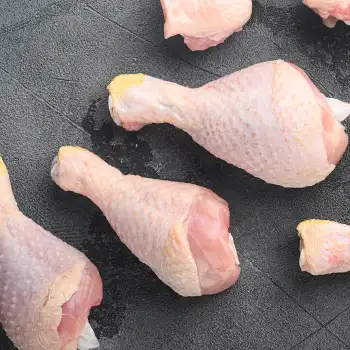
Bacteria growth and cross-contamination are the significant dangers of leaving cooked chicken at room temperature.
According to the USDA, bacteria growth is the primary danger of food poisoning.
The danger zone, or 40-140°F (4-60°C), is a range of temperatures where bacteria can replicate massively [4].
Bacteria can multiply for many hours if you leave the cooked chicken on your kitchen counter or elsewhere in the danger zone.
They can do so in as little as 20 minutes.
Bacteria from the raw chicken can spread to other foods, causing cross-contamination.
This may occur if the cooked chicken is kept in an uncovered container or interacts with other improperly sealed foods.
When handling raw chicken, hands, cutting boards, knives, and other utensils must be thoroughly cleaned.
FAQs
Can Cooked Chicken Sit Out for 3 Hours?
No, cooked chicken can’t sit out for 3 hours as you risk food poisoning from the rapid bacterial growth.
Is Eating Raw Chicken Left Out for 4 Hours Safe?
No. Eating raw chicken left out for 4 hours is not safe as the bacteria will have already multiplied beyond the safety point.
Can I Eat Chicken That Was Left Out Overnight?
No, you can’t eat chicken that was left out overnight. You could become quite ill at this time due to the massive bacterial growth.
References:
- https://www.fsis.usda.gov/food-safety/safe-food-handling-and-preparation/poultry/chicken-farm-table
- https://fsis-prod.fsis.usda.gov/food-safety/safe-food-handling-and-preparation/food-safety-basics/leftovers-and-food-safety#
- https://www.fsis.usda.gov/food-safety/safe-food-handling-and-preparation/food-safety-basics/big-thaw-safe-defrosting-methods
- https://www.fsis.usda.gov/food-safety/safe-food-handling-and-preparation/food-safety-basics/danger-zone-40f-140f


